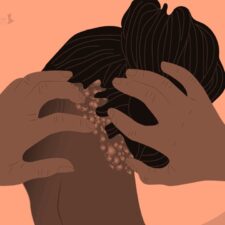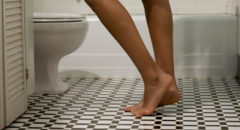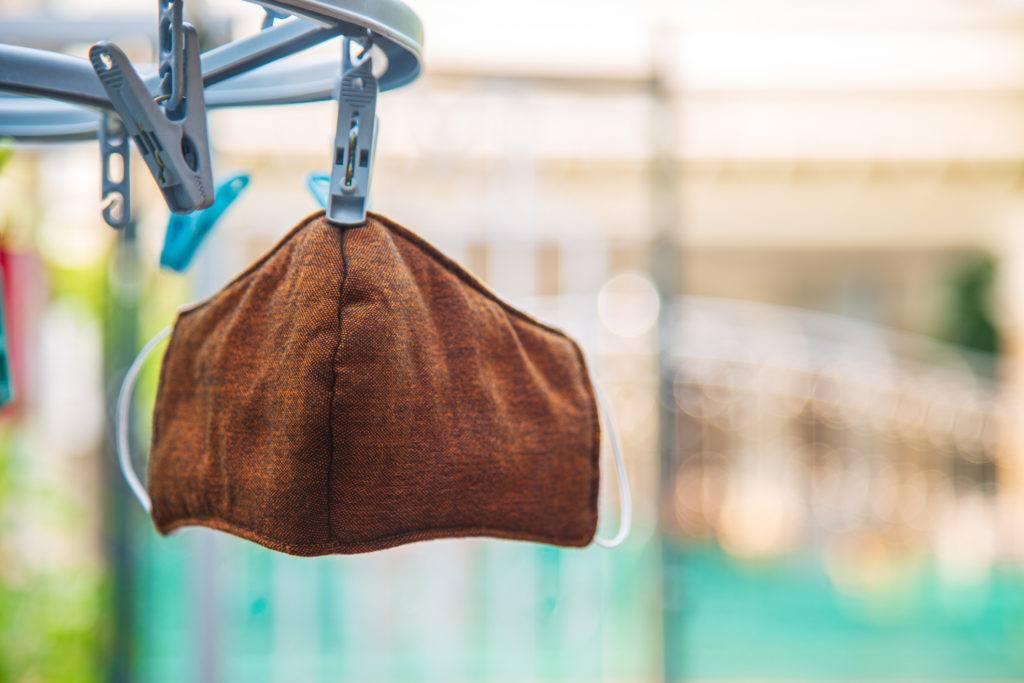
So, I keep reading about, and even viewing in a couple of youtube videos about the possibility of getting a yeast infection on your face from wearing a facemask. You know, the facemask that everyone is wearing these days to protect against the coronavirus? Yes, that mask.
We've already heard about a mask causing something people are calling, "maskne" or "mask acne," but this yeast infection phenomena sounds strange.
So, is it true? Can you really get a yeast infection on your face and can a facemask cause it?
The truth is yes and no.
Dermatologist Dr. Susan Massick explained to the Huffington Post, “We already have yeast on our skin. A yeast infection could occur in the right setting, such as a warm, moist environment, but is often related to another factor (diabetes, compromised immune system, recent course of antibiotics, poor hygiene) that allows the yeast to grow unchecked.”
The CDC says that wearing a mask for many hours can increase your chances of infection and irritation, creating a favorable environment for yeast. They also say that reusable masks should be washed on a regular basis. More frequently if it becomes moist.
“Although yeast infections favor areas of skin folds, yeast infections can occur on any part of the skin,” she said. “In fact, patients with certain immune conditions have been reported to develop generalized areas of infection.”
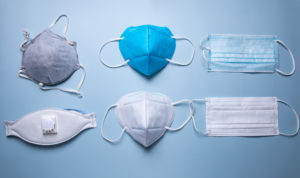
Yeast infections affect different parts of the body in different ways:
- Thrush is a yeast infection that causes white patches in your mouth
- Candida esophagitis is thrush that spreads to your esophagus, the tube that takes food from your mouth to your stomach. It can make it hard or painful to swallow.
- Women can get vaginal yeast infections, causing vaginitis.
- Yeast infections of the skin and hair cause itching and rashes.
- Yeast infections called invasive candidiasis and can affect the blood, heart, brain, eyes, bones, and other parts of the body and can be life-threatening.
- A yeast infection called candidemia, a bloodstream infection with Candida, is a common infection some people get when hospitalized.
- Men can get yeast infections too. Yeast infections can happen on the penis and scrotum too, but, it’s not as common. It can cause redness and irritation on your penis or scrotum.
- You can get yeast infections in armpits and grion.
- A baby's 'Cradle Cap' is thought to be cause by yeast called malassezia.
So now that we know the half of it, what can we do?
How To Avoid Infection
The World Health Organization (WHO) acknowledges “that if a person wears the same mask for a long time, microorganisms may grow on the fabric.”
“All masks should be changed if wet or visibly soiled; a wet mask should not be worn for an extended period of time. Either discard the mask or place it in a sealable bag where it is kept until it can be washed and cleaned,” the WHO advises.
The U.S. Centers for Disease Control and Prevention recommends “that a person removes the face covering once they return home and washes it before using it again."
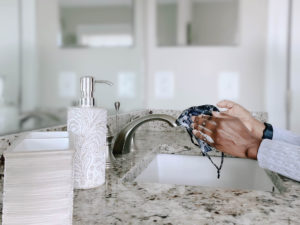
So what's the verdict? If you are wearing disposable masks, change them frequently.
If you are wearing reusable masks, then be sure to wash them frequently.
Experts advise you wash your face before and after wearing a mask. When doing it, choose a gentle skin cleanser that is free of harsh sulfates which can strip the skin of its protective oils.
It's also important to massage the cleanser in gently with fingertips only — no loofah or abrasive scrubs. Then you pat dry with a clean towel
Follow up with a lightweight, fragrance-free moisturizer with ingredients like glycerin and niacinamide that help strengthen the skin barrier.
Still #WearTheMask and obey social distancing laws and guidelines to keep you and your family safe.

